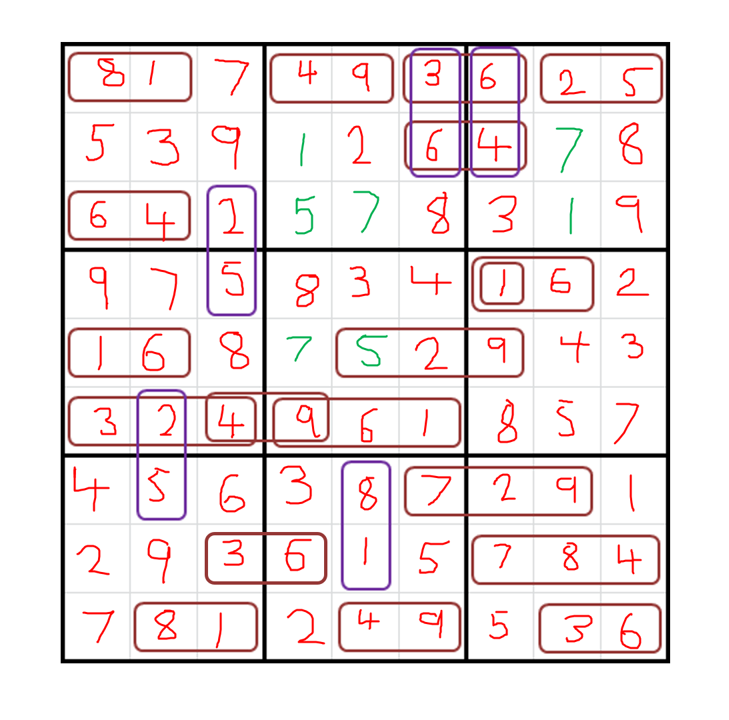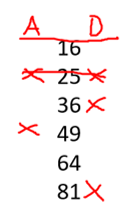Blimey, this took ages by hand!
I've got three solutions, which stem from this (sorry for the terrible drawing):
If it doesn't load, the structure is (left to right sweep):
It's 817493625539.264.8642..83.9975834162168..2943324961857456387291293615784781249536
Solution 1:

817493625539726418642158379975834162168572943324961857456387291293615784781249536
Solution 2:

817493625539126478642578319975834162168752943324961857456387291293615784781249536
Solution 3:

817493625539126478642758319975834162168572943324961857456387291293615784781249536
Method/Hints
I'm not going to go through every single step I did, because that would take AGES, and would be very boring. So, I'm going to describe the "key points"
(It saved a huge amount to write down a list of all squares with no repeating numbers)
1. As there are no numbers, it's impossible to solve this like a normal sudoku, so I only concentrated on the complex rectangular bits to start with
2. The first one was on row F, because there is so much overlapping. To solve this bit, I concentrated on the middle 2-digit square, which can't be 25, 36 or 81 (squares can't end in 2, 3 or 8), and 64, because even though some squares can start in 4 (400, 441, 484), they all have repeating digits. This leaves 16 and 49, which can only be paired like: 841625, 784961 and 324961 (no repeats)
3. The top cluster of rectangles interlocking in a square formation look interesting, so I investigated that next. From the list of 2-digit squares, I created a list to show which square could go in A(across) and D(down):

, which gives the possibilities 16+64, 36+64, 81+16 and 64+49:

4. The top row contains 4 2-digit squares, which is also interesting. 7 is not included in them, so it must be in A3 - Wahey, first number on the board!. 2, 3 and 9 can only be used in the squares 25, 36 and 49, which leaves 81. Therefore, the square mention in step 3 cannot be 16+64 or 64+49
5. Cell D7 is the only 1-digit square, which can only be 1 or 4 (no 2-digit squares start in 9)
6a. Try combining the outcomes of the top right square arrangement in step 3 (with 5), with the F row of squares in step 2
6b. Let's try grid arrangement 81+16. This means (D7,D8) are (4,9). Neither row F combinations 784961 or 324961 will work, so 841625 is inserted. What happens to the 3-digit in the E row?
6c. There are no 3-digit squares that fall into the parameters
a. 1st digit != 2,5,6
b. 2nd digit != 1,2,5,6,8
c. 3rd digit != 1,4,6,9
Therefore the top square arrangement can't be 81+16
Therefore it must be 36+64
Therefore D7,D8=16
Therefore F3,F4,F5,F6=4961
Now try working out the 3-digit square on the E row again...







